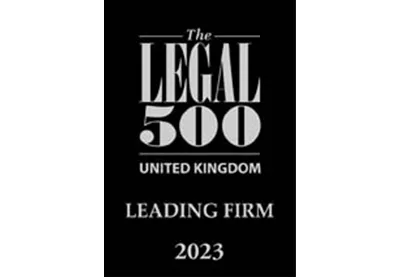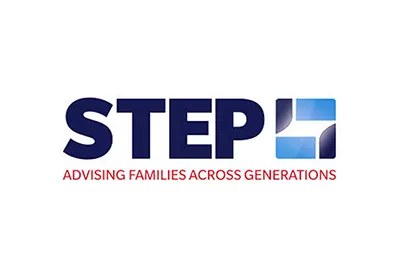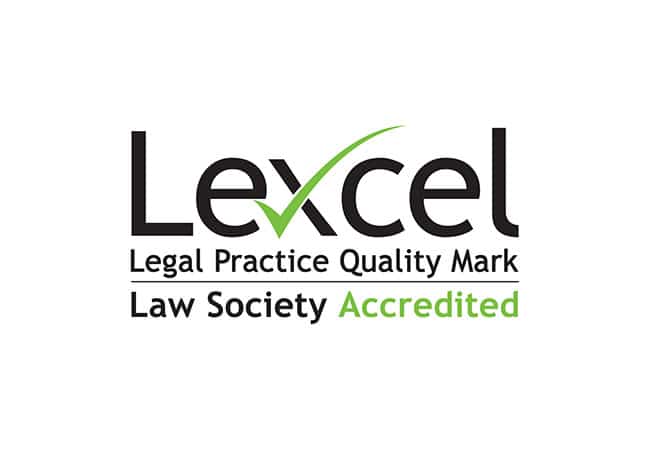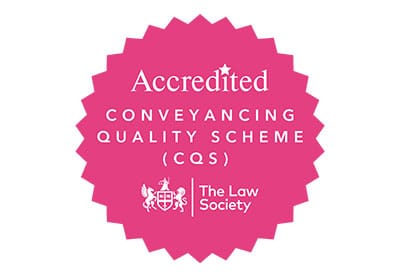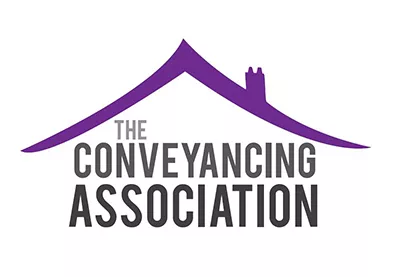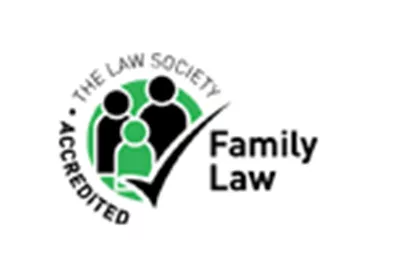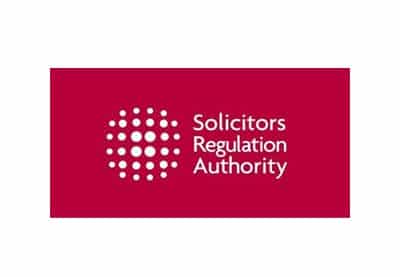Employment Law Review – May 2021
This last month has seen a number of updates in employment law, which of course, include Covid-19. We expect that there will continue to be new updates as the Government’s roadmap out of lockdown progresses and the furlough scheme ends in September 2021.
COVID-19
With the Government’s spring roadmap for easing coronavirus restrictions gradually being imposed, many employers will be turning their focus to managing a return of staff to the workplace. This follows on from the Employment Tribunal’s decision in the case Rodgers v Leeds Laser Cutting, which concerned an employee who was dismissed because he refused to return to work in light of his substantial concerns regarding the Coronavirus pandemic.
In light of the national unlocking of the current coronavirus restrictions and the new ‘roadmap regulations’, it is of course inevitable that some members of staff may be more risk-averse and unhappy to return to the workplace than others. The above case highlighted how important it is for businesses to have COVID-secure measures in place in anticipation of their staff returning to the workplace. More and more businesses are operating with their staff in offices rather than at home in light of the Government’s ‘stay at home’ order being lifted on 29th March 2021 as part of the Government’s second step of the spring roadmap out of lockdown.
The employee in the above case was unsuccessful in bringing a claim for automatic unfair dismissal at the start of the COVID-19 pandemic and relied on specific provisions of the Employment Rights Act 1996 (ERA 1996). Although the Tribunal noted that the employee has a statutory right not to work in circumstances of serious and imminent danger, the Tribunal reached the conclusion that the employee’s evidence did not demonstrate that his decision not to return to the workplace was directly linked to concerns of the workplace. Such conclusion was reached in light of the fact that the employee did not provide evidence of his substantial concerns of his workplace, but rather the COVID-19 pandemic generally. This case is particularly important and will likely influence similar cases in the near future and although the decision is not necessarily binding, it can be viewed that the case highlights the importance of businesses implementing appropriate COVID secure safety measures ahead of the spring roadmap.
Notwithstanding the above, there are also several employers who wish to operate their businesses in a different way in the post-Covid era. In the recent Queen’s Speech, the Government announced that it wishes to make flexible working the default way of working unless employers have a “good reason” to operate in an alternative way. This was briefly mentioned in March 2021 when the Secretary of State for International Trade, encouraged businesses to “normalise” flexible working by providing employees with different ways of working such as part-time, flexi-time and working from home.
BREXIT
Owing to Brexit and the end of the transition period on 31st December 2020, there have been substantial changes to the UK’s immigration system recently. Arguably most of the most notable changes is the end of freedom of movement for European nationals being enforced, which means that now everyone (who are not nationals of the UK and Ireland) require immigration permission if they want to work in the UK.
Further, the Home Office announced that employers are required to check the applicant’s original work documents in new legislation which came into effect from 17th May 2021. It is important to note that this required check can be in the form of conducting a manual check, or in the alternative, checking the applicant’s right to work online.
One of the main results of Brexit will undoubtedly be the significant increase in employers requiring advice on right to work checks if they recruit from overseas.
SHARED PARENTAL LEAVE
Shared parental leave is arguably becoming more relevant since the COVID-19 pandemic, with many arguing that the pandemic will increase childcare equality. In the case of Price v Powys County Council, Mr Price wanted to take shared parental leave following the birth of his new baby. However, he was informed by his employer that he would not be entitled to any enhanced statutory pay, similar to that of the enhanced statutory maternity/adoption leave pay. Instead, Mr Price would only be entitled to the same amount as statutory maternity pay, which resulted in Mr Price thereafter bringing a claim for direct discrimination against his employer in the Employment Tribunal.
In order to meet the direct discrimination threshold, it must be shown that a person is treated less favourably than others as a (direct) result of their protected characteristic (under the Equality Act 2010). In this case, Mr Price’s claim comprised of his allegation that he was being discriminated against on the basis of his sex and compared this with a female worker on maternity leave and another female worker on adoption leave. However, the Tribunal rejected the maternity leave comparator because one of the main intended purposes of maternity leave is to go beyond that of merely providing childcare (which can be viewed as the intended purpose of shared parental leave). Following the Employment Tribunal’s rejection of Mr Price’s claim, the case thereafter progressed to the Employment Appeal Tribunal. The Employment Appeal Tribunal ruled that it was not sex discrimination for an employer to pay a male employee on shared parental leave less than a woman on adoption leave due to the different intended purposes for both types of leave.
In this case, the Employment Appeal Tribunal decisively confirmed that shared parental leave is materially different from adoption leave for the purposes of a discrimination claim.
The above case is important to highlight the importance of employer’s policies in relation to providing clarity for employees regarding shared parental leave, maternity leave and adoption leave. Arguably most importantly, this case also provides reassurance for employers which provide a different (usually lower) level of pay for shared parental leave compared to maternity leave or adoption leave, to a certain degree. This case is also relevant in the current climate with there being several arguments that the pandemic has increased childcare equality, due to home-schooling having become the ‘new norm’ during the previous lockdowns. The Government is in the process of a consultation which focuses on how to reform the parental leave and pay system (in the different pathways), however there have not been any further developments as yet. Perhaps the above cases will encourage the Government to take further action and reform the policy which has been regarded by The Guardian as being “deeply flawed” and to instead provide mothers and fathers with a more balanced and fair policy.
We hope that the above updates in employment law has provided a brief summary in not only the COVID-19 updates but other important changes in employment law. If you wish to receive detailed legal advice in this area, then please do not hesitate to contact either Emily Aylott ([email protected] / 01702 238504) or Samantha Hyslop ([email protected] / 01702 238514)

